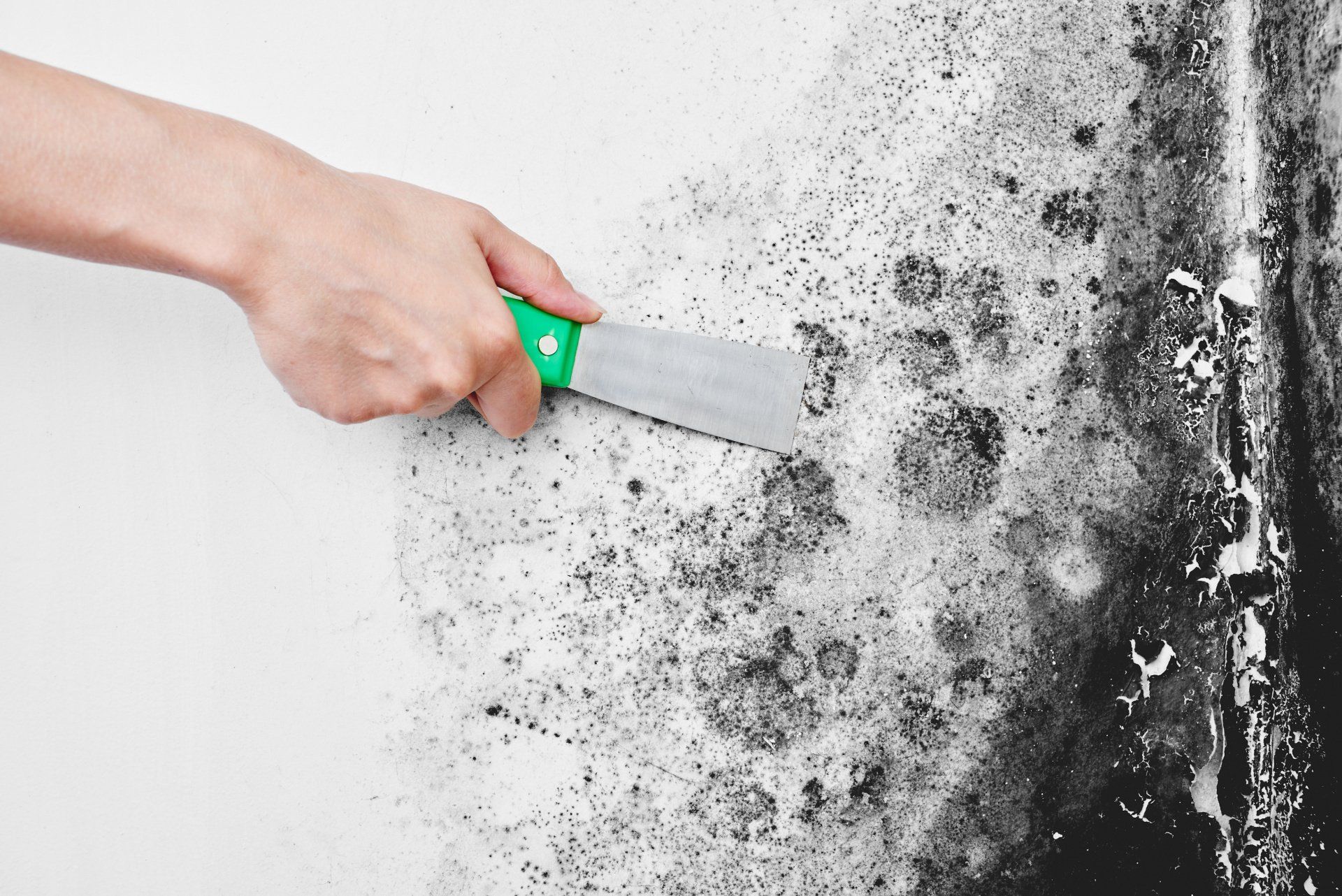Sneaky Signs That Indicate Mold Infestation in Your House
Mold is a type of fungus that grows on wet surfaces, particularly in damp, warm conditions. It can mostly be found on walls, carpets, and window sills. Although it may not look like it at first, it often has a strong odor which can make your house smell musty or unpleasant. If you find mold growing in your house, it might indicate that your indoor air quality is poor due to some sort of water leak or moisture buildup.
Mold infestation is a very common problem in houses, especially during the winter months. There are many different types of molds; some look like stains, while others resemble small mushrooms or cobwebs. Their spores are very small, and they float through the air easily so if you have left items to dry indoors after washing them then there is an increased risk of infestation as the spores will land on these items and begin to grow into mold colonies. To prevent this from happening, check out our blog for four sneaky signs that indicate you might have a problem with mold infestation in your house!
4 Signs You Might Have a Problem with Mold Infestation

Visible Black Dots
Mold can look like visible soot or black dots present on your walls, ceilings, and window frames, which are often confused as surface dirt. Other types of mold may appear as white and thread-like, while others look like clusters of dark green, black, or brown spots or rings.
Moisture Buildup
If you see a moisture buildup or condensation around your home, then most likely, it’s a sign that you have high humidity indoors. This may appear as beads of water or fog on glass doors and windows. As for the ceilings, floors, walls, and furniture, it may be harder to spot. You’ll know that your house has a humidity problem if you notice your metal fillings and fixtures such as window frames and curtain rods are rusting. Molds love moisture, so any damp interior is conducive for them to thrive.
Musty Smell
You’ll know that molds are present in your house when there’s a musty odor, similar to when you open an old book. Although not all molds produce a stale smell, some common household molds do. If the pungent smell continues, this may cause you and your family nausea, headache, dizziness. But it’s really not the smell that can make you feel sick, but the mere fact that molds are thriving inside your home can cause you these symptoms, including nasal and throat irritation, and even allergic reactions and asthma.
Bulging and Warped Walls and Ceilings
If you see peeled, cracks, or bubbles in your painted walls and wallpapers then this can be caused by water damage. Now, if you notice warped or bulging walls and ceilings, then there could be mold growth underneath. Also, if you see water stains and discoloration then these can be signs of high humidity or water damage which can be perfect breeding grounds for molds.
Where to Check for Molds
Remember that molds thrive in wet surfaces and damp, warm conditions, so you should check such areas around your home so you can prevent or remove mold growth. These include:
Kitchen
The kitchen has an inviting atmosphere for mold infestation. You can usually find molds in leaky pipes, under the sink, and even in your wet sponges sitting in the caddies. Condensation may also occur in kitchen cupboards and laundry machines. Ventilation tubes, drainage hoses, and water pipes are also conducive to mold growth. As much as possible, make sure that you find ways of decreasing moisture buildup in these areas to prevent mold infestation.
Bedroom
Your bedroom can also be a breeding ground for mold growth. Always check for condensation in your wardrobes, mattress, bed frames, and window sills, and behind drawers and cabinets so you can remove or prevent growing molds.
Living Room
The living room is the most common room for all, and since it’s indoors, it can still be susceptible to mold infestation. You can check the upholstery, indoor plants, and window curtains that can hold the presence of moisture, perfect for molds.
Fireplaces and chimneys are also common places where molds can thrive since they are damp and extremely porous.
Protect Your Home & Your Health
If you think that your house is infested with molds, you can always double-check the signs that we mentioned here in our blog. And if you think that you are unable to remove mold growth on different areas of the house, then make sure that you seek professional help and advice from people who are experts in preventing and eliminating mold growth.
About Advanced Basement Waterproofing
Advanced BWP specializes in complete basement waterproofing and sealing, French Drain installations, mold removal, and mold remediation in CT and mold remediation in MA. Contact us today to book an appointment so we can prevent and control mold infestation in your home!


